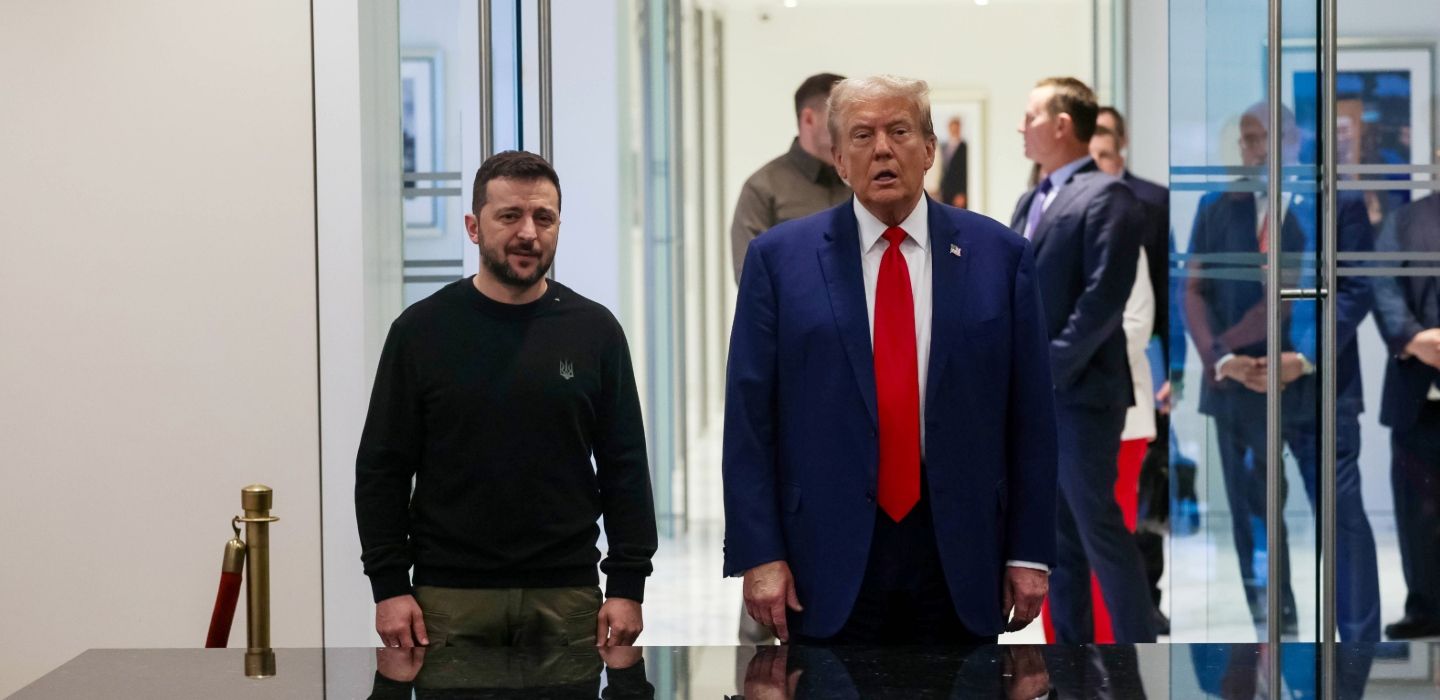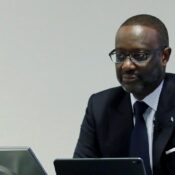
Trump’s strategy for Ukraine becomes clear: NATO is off the table but territorial concessions
According to a Reuters examination of their remarks and interviews with many individuals close to the U.S. president-elect, Donald Trump’s advisers are putting up plans to end the conflict in Ukraine that would give Russia control of significant portions of the nation for the foreseeable future.
Some aspects of the recommendations made by Trump’s three top advisors, including retired Army Lieutenant-General Keith Kellogg, his new Russia-Ukraine ambassador, are similar, such as eliminating the possibility of Ukraine joining NATO.
Using incentives and sticks, Trump’s advisors would try to pressure Moscow and Kyiv into talks. For example, they might stop military aid to Kyiv until it agrees to speak, but increase it if Russian President Vladimir Putin doesn’t.
Trump has not yet disclosed how he plans to resolve the nearly three-year-old disagreement, despite his frequent promises during his election campaign to do so within 24 hours of his inauguration on January 20th, if not earlier.
Given the complexities of the fight, analysts and former national security officials express serious concerns that Trump can keep such a promise.
However, when considered collectively, the remarks made by his advisors point to the possible structure of a Trump peace strategy.
Due to a lack of personnel and increasing territory losses, Ukrainian President Volodymyr Zelenskiy has hinted that he would be amenable to talks.
He stated this week that Ukraine must find diplomatic ways to reclaim some of its occupied territory, even though he is still committed to joining NATO.
According to academics and former U.S. officials, Trump would find Putin reluctant to cooperate because he has the Ukrainians on the defensive and might stand to gain more by pursuing additional territorial grabs.
“Putin is in no hurry,” stated Eugene Rumer, a former leading U.S. intelligence expert on Russia who is currently employed at the Carnegie Endowment for International Peace think tank.
He claimed that the Russian leader is unwilling to renounce his demands for a truce and negotiations, which include Ukraine giving up its NATO bid and ceding the four provinces that Putin claims are part of Russia but does not completely control—demands that Kyiv has rejected.
According to Rumer, Putin is likely to bide his time, give up ground, and watch for any concessions that Trump might make to get him to the bargaining table.
Putin was prepared to end the conflict with a negotiated ceasefire that acknowledged the existing battle lines, but he was also prepared to continue fighting if Kyiv and the West did not react, according to a May Reuters story.
After annexing Crimea unilaterally from Ukraine in 2014, Russia now controls all of the region. It has also taken over 70% of Zaporizhzhia and Kherson, tiny portions of Mykolaiv and Kharkiv, and roughly 80% of the Donbas, which includes Donetsk and Luhansk.
MORE THAN ONE PLAN
Four advisers who asked to remain anonymous to discuss their private discussions said that as of last week, Trump had not yet organized a central working group to develop a peace proposal. Instead, they added, a number of advisers have presented ideas to Trump and to each other in public venues.
According to the experts, a peace deal will ultimately probably require direct, face-to-face interaction between Trump, Putin, and Zelenskiy.
It is “not possible to comment on individual statements without having an idea of the plan as a whole,” according to Kremlin spokesperson Dmitry Peskov.
According to Trump spokesman Karoline Leavitt, Trump has stated that he “will do what is necessary to restore peace and rebuild American strength and deterrence on the world stage.”
A follow-up query about whether the president-elect still intends to settle the dispute within a day of assuming office was not immediately answered by a Trump official.
A request for response was not immediately answered by the Ukrainian authorities.
According to a former Trump national security official participating in the transition, there are three primary proposals: Richard Grenell, Trump’s former acting intelligence chief, JD Vance’s plan, and Kellogg’s outline.
The current battle lines should be frozen, according to Kellogg’s plan, which was given to Trump earlier this year and co-authored with former National Security Council staffer Fred Fleitz.
Requests for comment from Fleitz and Kellogg were not answered. Reuters was the first to report on their strategy.
Only if Kyiv consented to peace talks would Trump provide it with additional U.S. weapons. He would also threaten to cut off U.S. funding to Ukraine if Russia refused to engage in talks. Ukraine would not be allowed to join NATO.
The proposal also calls for the United States to provide Ukraine with security guarantees, including increasing arms shipments after an agreement is reached.
Sebastian Gorka, one of Trump’s new deputy national security advisers, told Times Radio, a British internet station, in June that Trump had threatened to deploy unprecedented arms shipments to Ukraine to pressure Putin into talks if Putin refused.
When contacted via phone, Gorka referred to Reuters as “fake news garbage” and refused to provide further details.
In September, Vance, a U.S. senator who has opposed aid to Ukraine, put out a different proposal.
According to him, an agreement would probably involve a demilitarized area near the current battle lines that would be “heavily fortified” to stop future Russian advances, he told American podcaster Shawn Ryan. His plan would prevent Kyiv from joining NATO.
Vance has not yet provided more information, and his representatives did not make him accessible for remark.
At a Bloomberg roundtable in July, Grenell, Trump’s former ambassador to Germany, called for the establishment of “autonomous zones” in eastern Ukraine but did not provide further details. Additionally, he implied that it was not in America’s best interests for Ukraine to join NATO.
A senior Trump foreign policy adviser told Reuters that Grenell, who did not reply to a request for comment, had not yet been appointed to a position in the new government but still has Trump’s ear on European matters.
According to one source, Grenell was among the few attendees of a Trump-Zelenskiy meeting in New York in September.
Probably a pushback
According to analysts and former national security officials, Zelenskiy, who has included a NATO invitation in his own “Victory Plan,” as well as some U.S. politicians and European allies, would probably oppose some aspects of the plans.
At a conference of foreign ministers on Tuesday, Ukraine’s foreign minister wrote to his NATO counterparts last week, pleading with them to extend an offer to join.
U.S. President Joe Biden is still sending weaponry to Ukraine, and several European allies have indicated that they might be willing to increase supplies. That might make it harder for Trump to pressure Kyiv to negotiate.
Given that some of Trump’s closest friends are against more military aid for the Eastern European country, the Kellogg proposal, which depends on expanding money for Ukraine if Putin does not attend, may encounter resistance in Congress.
According to Rumer, the former U.S. intelligence official, “I don’t think anybody has any realistic plan for ending this.”
All Categories
Recent Posts
Tags
+13162306000
zoneyetu@yahoo.com



